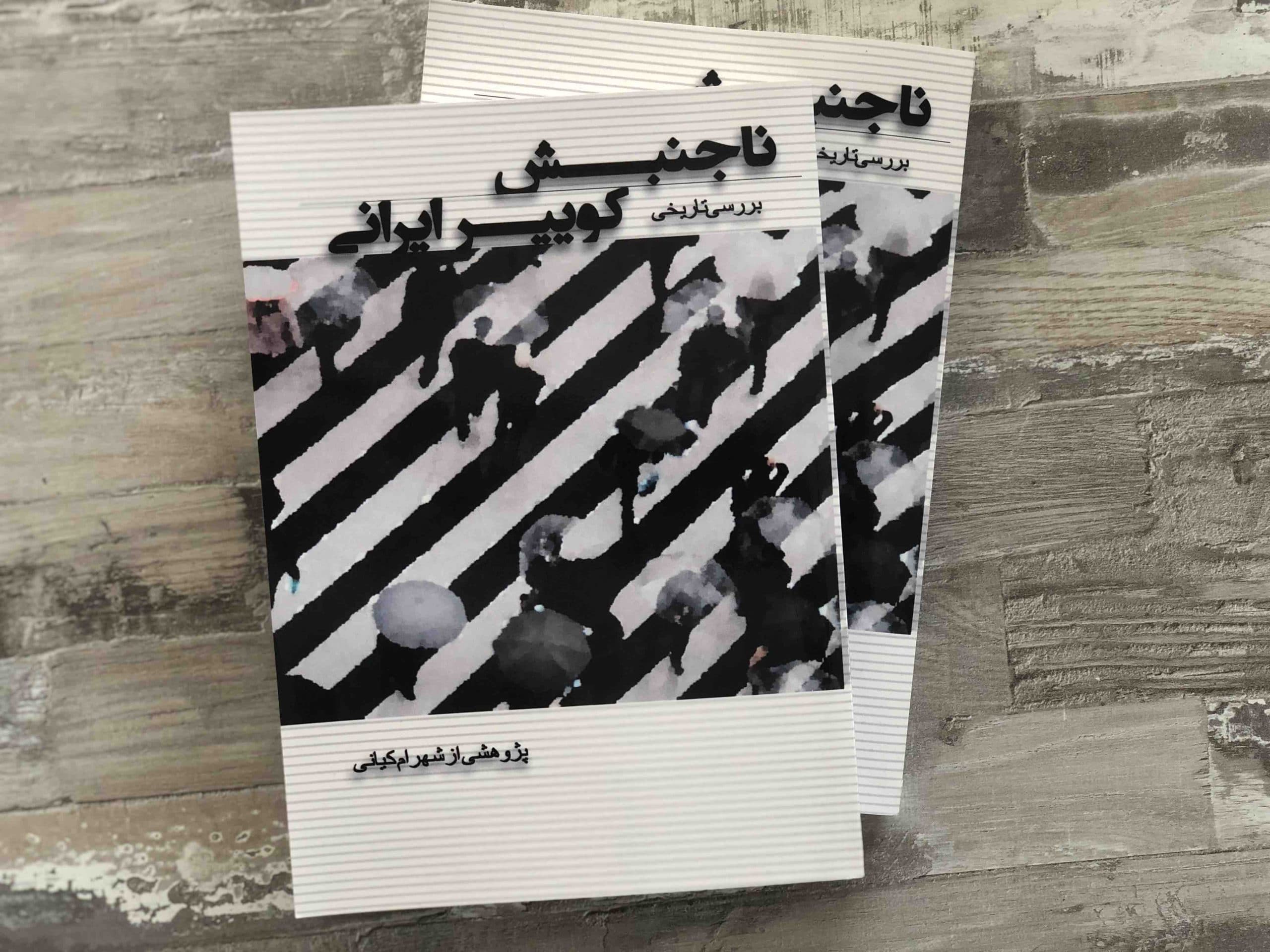Abstract
This article applies critical discourse analysis and content analysis as a method of data analysis to queer discourses from Iran over the last three decades. “Orthodox discourse” and “heterodox discourse” are studied from historical, ontological, epistemological, and executive perspectives. The author also uses the model of historical sociology. The first part of the article addresses a theoretical study of the concepts of movement and non-movement. In the second part of the article an overview of the history of pre-modern sexuality and modernization in Iran is presented. In the third part of the article, while narrating the historical events after the 1979 revolution, the author examines the gradual formation of an orthodox discourse in the field of Iranian sexuality, first in the Iranian diaspora, and then in relation to domestic activists. The final section of the article provides an overview of heterodox discourse as a critical discourse in this area.


